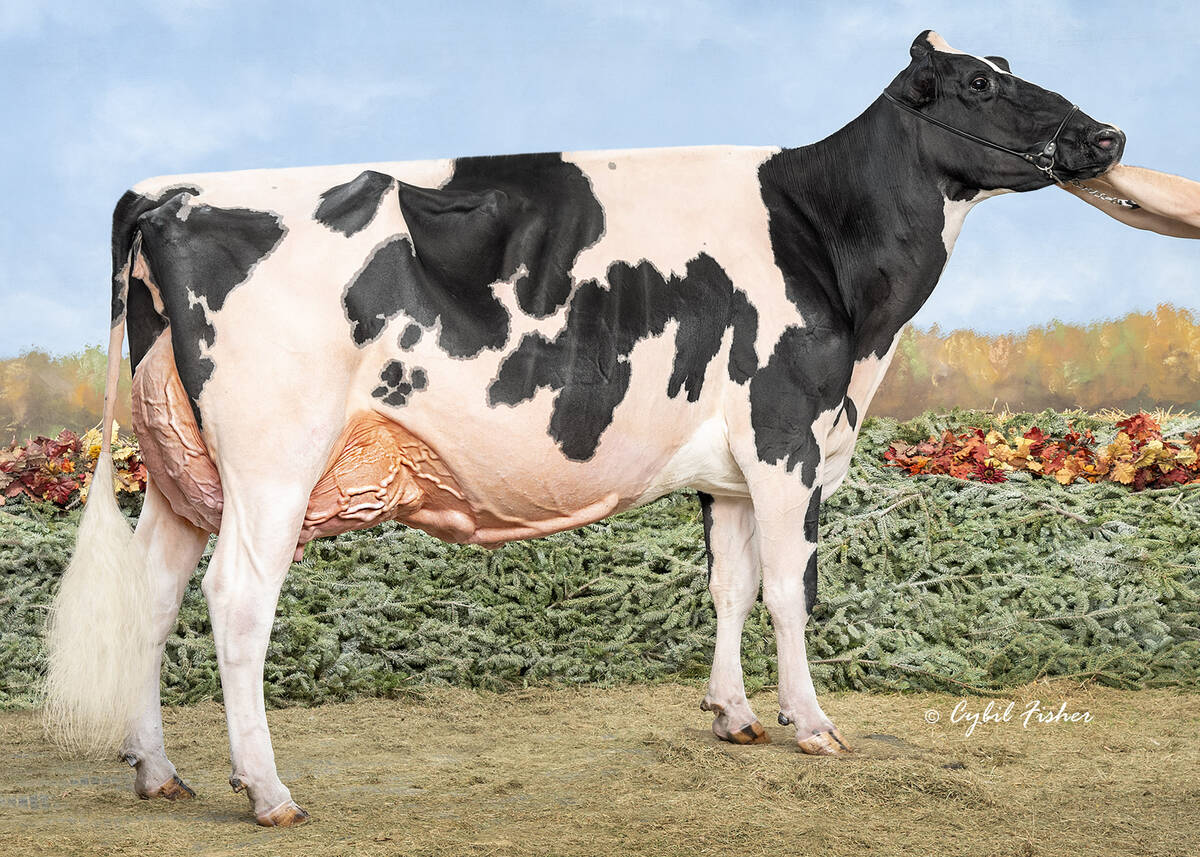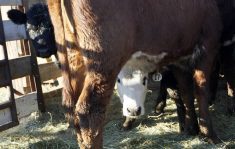Introducing genetic improvements to a beef herd means more than buying a new bull.
The purebred industry has devoted considerable effort to genetic evaluation, which is important, but more needs to be done, said an Agriculture Canada researcher.
As consumers demand more of beef, purebred producers must meet the challenge by providing genetically superior animals to commercial beef producers. This was the advice of Bob Kemp from the Lethbridge Research Centre and acting head of animal science group. He spoke at the recent Beef Improvement Federation meeting in Calgary.
Read Also

Saskatchewan dairy farm breeds international champion
A Saskatchewan bred cow made history at the 2025 World Dairy Expo in Madison, Wisconsin, when she was named grand champion in the five-year-old Holstein class.
The industry has catalogued plenty of data on expected progeny differences like growth and milk production but it must move toward a product focus.
Genetic evaluation, or EPD, is an accurate prediction of an animal’s true genetic value.
“There’s a whole lot of new traits and ideas that we really have to start to come to grips with,” said Kemp.
Qualities such as carcass merit, meat quality, longevity and cow efficiency are all gaining importance.
Consumers may not know much about beef cuts in the retail case but they know they want a satisfying eating experience every time. The industry must give it to them if it wants to survive, he said.
Genetic evaluation has been king in the purebred industry so producers need to move toward supplying a well-defined, consistent product in sufficient quantity to commercial producers.
This is done through genetic improvement, a directed change in the genetic potential of the commercial population. This is more complicated than EPDs because its objective is figuring out where the industry stands and what kind of change it wants to introduce to the animals.
The second step is to create genetic change in the animals used for seed stock. This is related to the genetic evaluation, mating programs and selection programs.
“That is probably the area where we spend the most effort,” said Kemp.
Once improvements have been made, the industry must multiply the improved genetics for the commercial industry.
This is not as simple as selling more bulls.
Reproductive techniques like artificial insemination and embryo transfers are not regularly used in commercial herds.
Kemp suggested the beef industry needs to work toward building nucleus herds and implementing other genetic improvement programs that have worked well in swine and poultry.
These programs have produced more consistency in the animals and they don’t shrink the gene pool. The swine and poultry industries have a tight base of animals in which they have done intensive testing for specific genetics and then put those animals into a multiplier program to improve genetics.
“It’s not just multiplying improved genetics, it’s multiplying a consistent package and that means we have to have some way of evaluating that package we put out there,” he said.
Once better animals have been moved into breeding herds, producers need to monitor changes in the purebred and commercial populations.
“How many people really have the information to understand the changes that are occurring in each one of their commercial customers’ herds?” said Kemp.
Based on the information received from customers, genetic programs can be altered.
More attention is needed on customer focus rather than defining goals based on profitability in the purebred herd. Goals should instead be based on profitability of commercial herds.
“What are the things that economically drive the system?” said Kemp.















